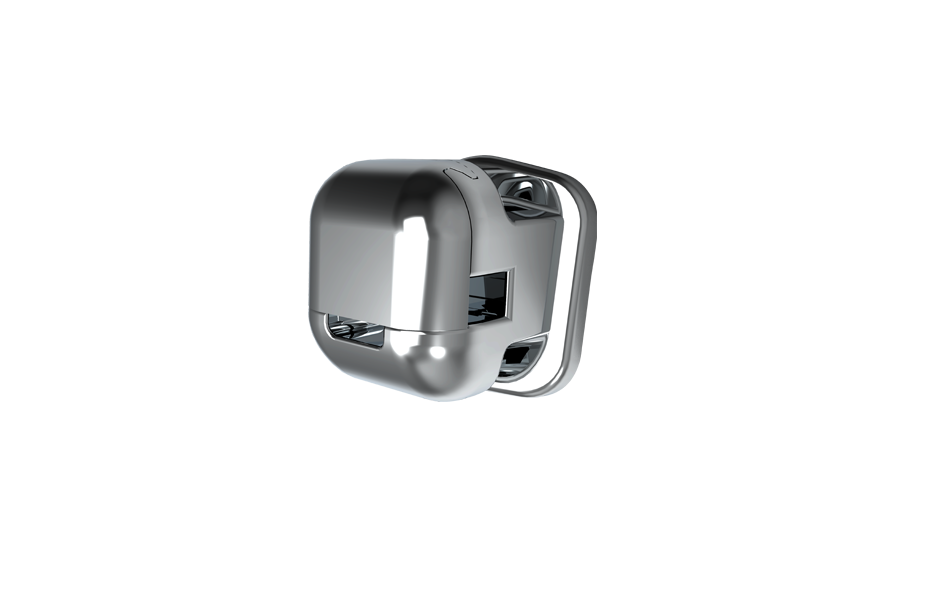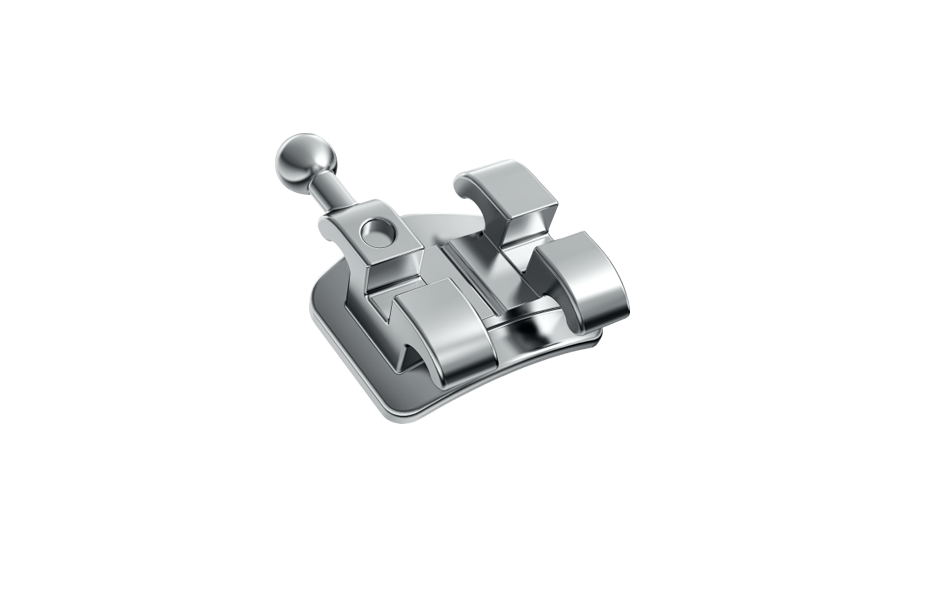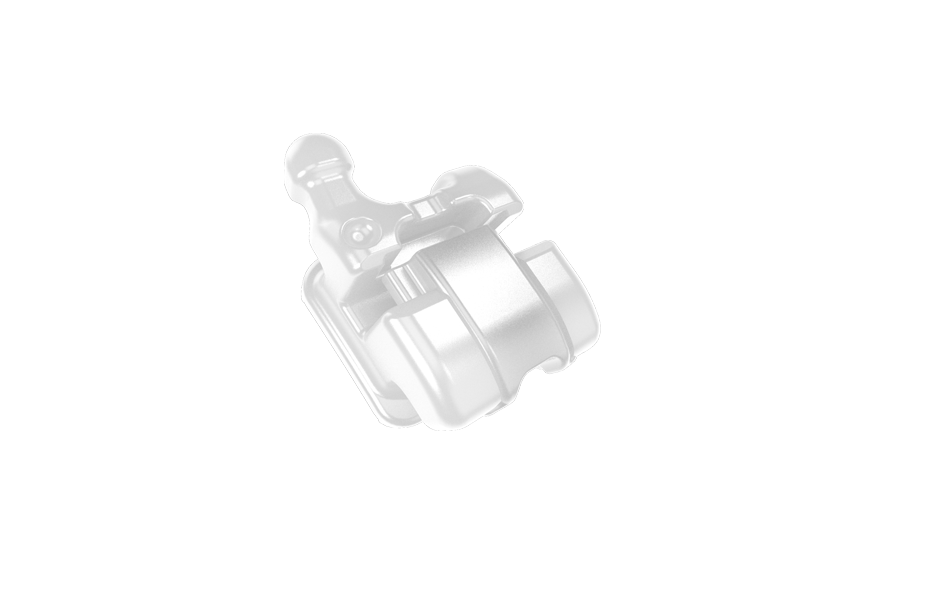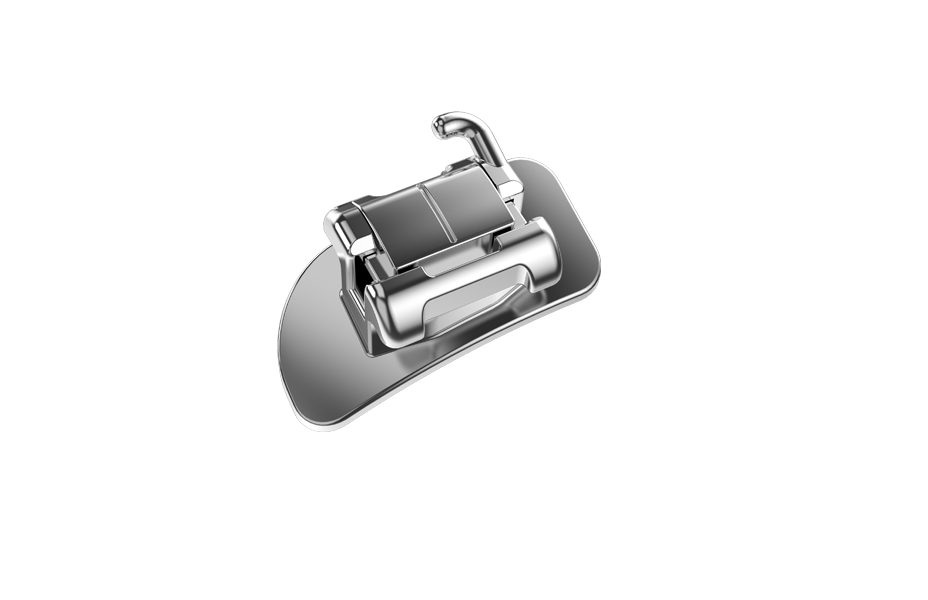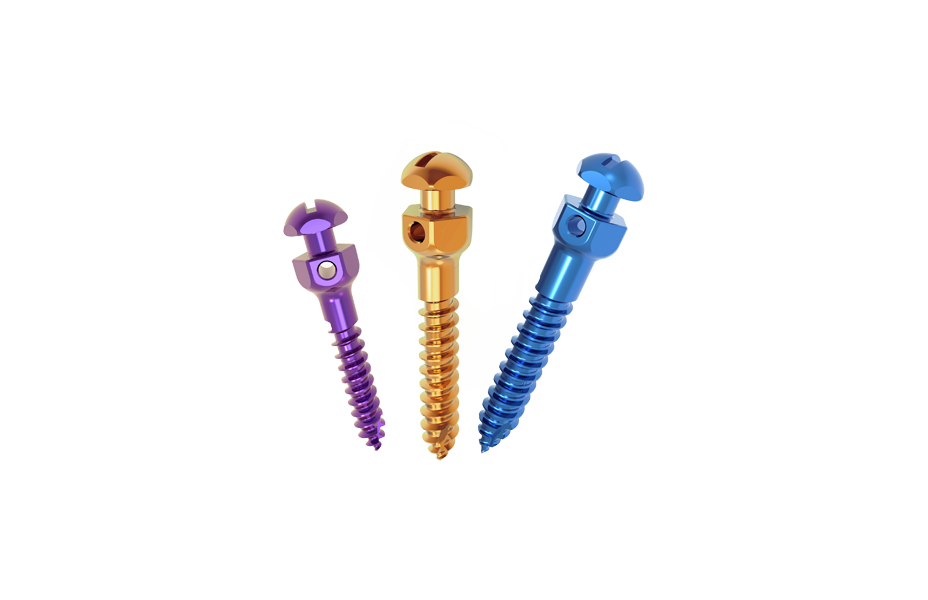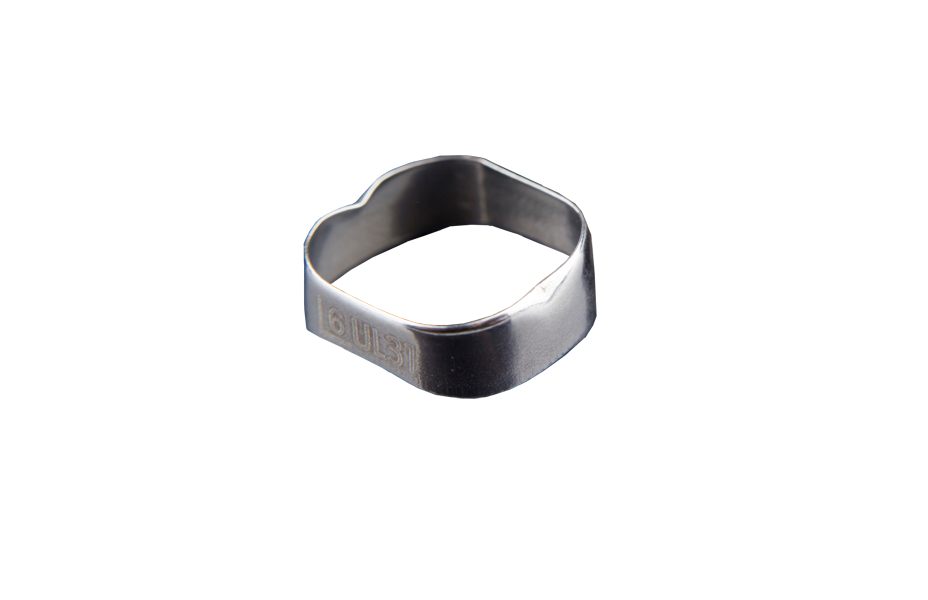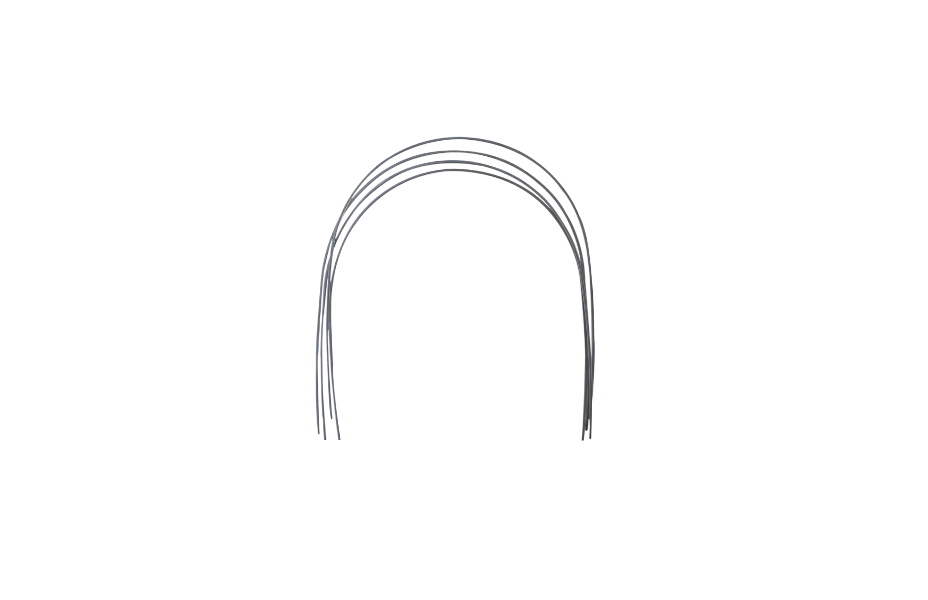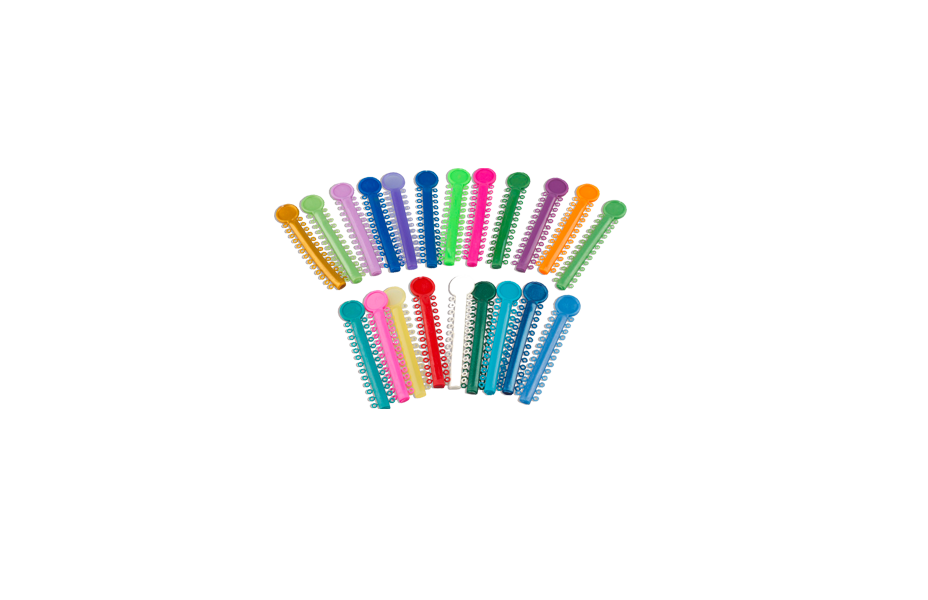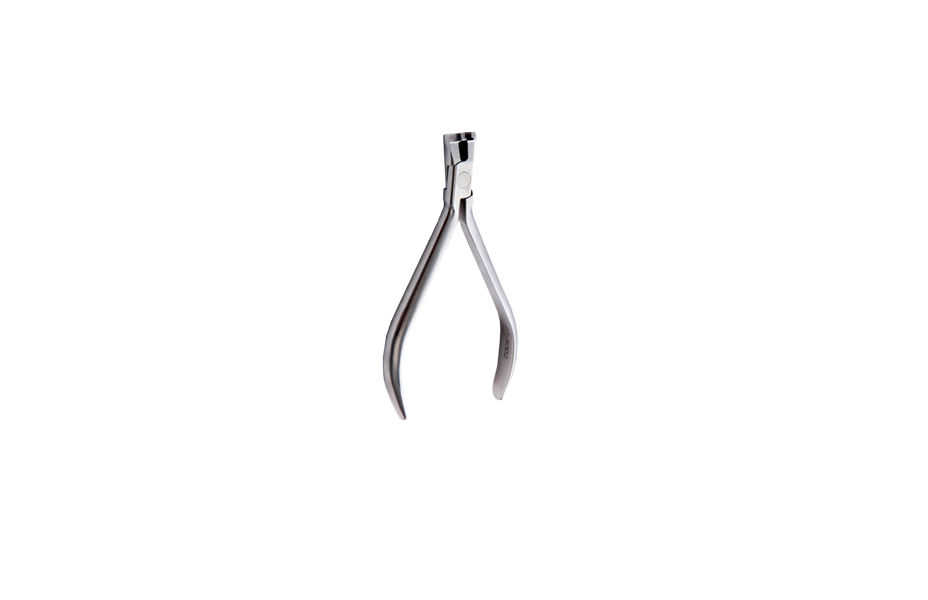
Severe Crowding Non-Extraction Case
- Age:10
- Gender:Female
- Chief complaint: Severe Crowding
- Use product:PT V PLUS self-ligating brackets
- Treatment cycle:19 months
Issues:
- Severe crowding in the upper dental arch, mild crowding in the lower dental arch.
- Mesial occlusion on the left side.
- Overjet of upper central and lateral incisors, and posterior crossbite on the left side.
- Lingual inclination of lower anterior teeth.
Diagnosis:
- Angle Class III malocclusion.
- Skeletal Class III malocclusion.
- High angle.
Treatment Approach and Plan:
1.The patient has mild crowding in the lower dental arch and lingual inclination of lower anterior teeth. Although there is severe crowding in the upper dental arch, adequate overbite is present, and considering the patient's early growth and development stage, non-extraction orthodontic treatment will be employed, possibly with the use of extraoral appliances if necessary.
2.Utilize low torque PT 5 Plus self-ligating brackets to align the upper and lower dental arches and control the inclination of upper anterior teeth.
3.During alignment, use short-term traction to address the open bite issue in the posterior region and sagittal discrepancies.
4.Apply light forces during the expansion of the lateral incisor space to prevent excessive labial inclination of upper central incisors.
5.Maintain the occlusion and overbite of anterior teeth.
6.Following completion of orthodontic treatment, use upper and lower transparent retainers for nighttime retention.
Treatment Progress:
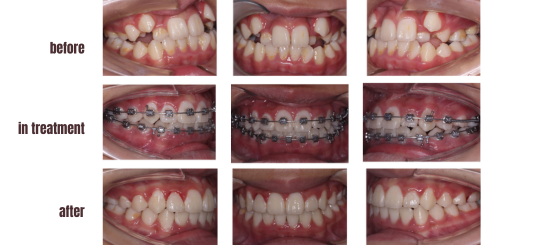
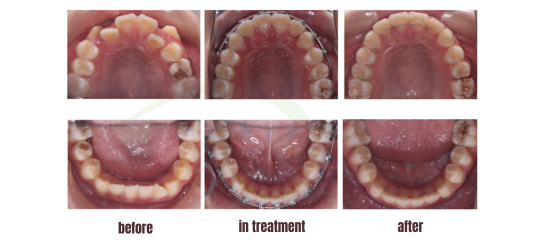
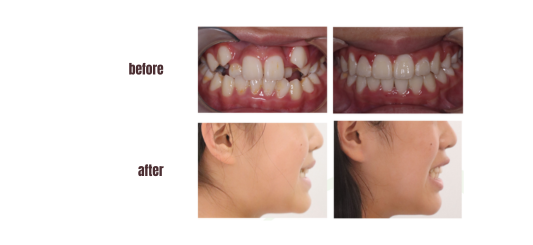
Summary:
- For patients with severe crowding in a single arch, it is crucial to consider both the degree of crowding and the harmony between the upper and lower jaws when devising a treatment plan. In this case, although there is significant crowding in the upper dental arch, the lower arch has mild crowding, and the patient is in the early stages of growth and development. Hence, a non-extraction orthodontic approach is chosen.
- Shortcomings:
2.Lack of parallelism in the roots of the right upper lateral incisor and canine.
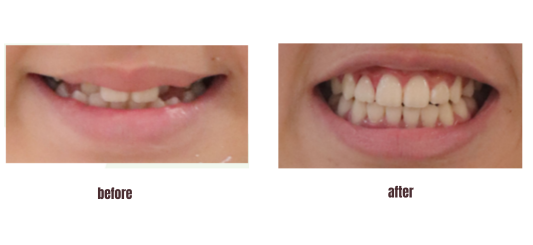
Last: Orthodontic Treatment with Tooth Extraction for Mandibular Retrognathia
Next: Assessment of Crowded Dentition Accompanied by Deep Bite and Overbite
RELATED NEWS
-

-

-
 Tips On Choosing and Using Orthodontic Rubber Chainsnews | 2023-12-18
Tips On Choosing and Using Orthodontic Rubber Chainsnews | 2023-12-18
We are at your service.
Whether you have inquiries about our products or need assistance with troubleshooting, our team of sales and service experts is here to assist you.
GET A QUOTE